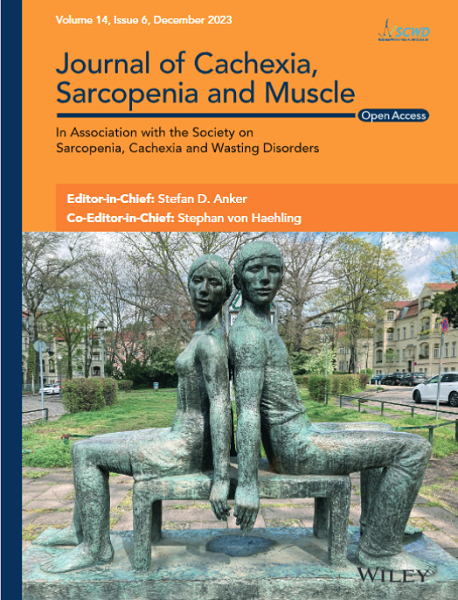A Longitudinal Study of the Bidirectional Temporal Dynamics Between Body Mass Index and Biological Aging
Abstract
Background
Obesity and aging share biological processes, but their relationship remains unclear, especially in late life. Understanding how body mass index (BMI) and biological aging influence each other can guide strategies to reduce age- and obesity-related health risks. We examined the bidirectional, longitudinal association between changes in BMI and biological aging, measured by frailty index (FI) and functional aging index (FAI), across late life.
Methods
This longitudinal cohort study used data from the Swedish Twin Registry substudies, GENDER, OCTO-Twin and SATSA, collected via in-person assessments from 1986 to 2014 at 2- to 4-year intervals. We analysed 6216–6512 evaluations from 1902 to 1976 Swedish twins. Dual change score models were applied to assess the bidirectional, longitudinal association between BMI and FI or FAI from ages 60.0–91.9. FI measured physiological aging, while FAI assessed functional aging through a composite score of functional abilities.
Results
At first measurement, mean age was 74 ± 8, and 41% were males. BMI–FI relationship was bidirectional (p value ≤ 0.001): Higher BMI predicted a greater increase in FI over time (coupling effect [γ] = 0.86, 95% confidence interval [CI] = 0.65–1.06, p value ≤ 0.001), and higher FI predicted steeper decline in BMI (γ = −0.04, 95% CI = −0.05 to −0.03, p value ≤ 0.001). When including coupling from FI, BMI showed a nonlinear trajectory with a mean intercept of 26.32 kg/m2 (95% CI = 25.76–26.88), declining more rapidly after age 75. When including BMI coupling, FI increased from a mean intercept of 7.91% (95% CI = 6.41–9.42), with steeper growth from ages 60–75. BMI–FAI relationship was unidirectional (p value ≤ 0.001): Higher FAI predicted a steeper BMI decline (γ = −0.02, 95% CI = −0.02 to −0.01, p value ≤ 0.001). By including FAI coupling, BMI had a mean intercept of 26.10 kg/m2 (95% CI = 25.47–26.74), declining rapidly after age 75. FAI increased exponentially from a mean intercept of 36.49 (95% CI = 34.54–38.43).
Conclusions
Higher BMI predicted a steeper increase in FI, substantiating the hypothesis that obesity accelerates biological aging. Higher biological aging, measured as FI and FAI, drove a steeper BMI decline in late life, signalling that late-life weight loss may result from accelerated aging. Higher BMI may accelerate aspects of the aging process, and the aging process, in turn, accelerates late-life BMI decline, necessitating an integrated approach to manage both obesity and unintentional weight loss among older adults.


 求助内容:
求助内容: 应助结果提醒方式:
应助结果提醒方式:


